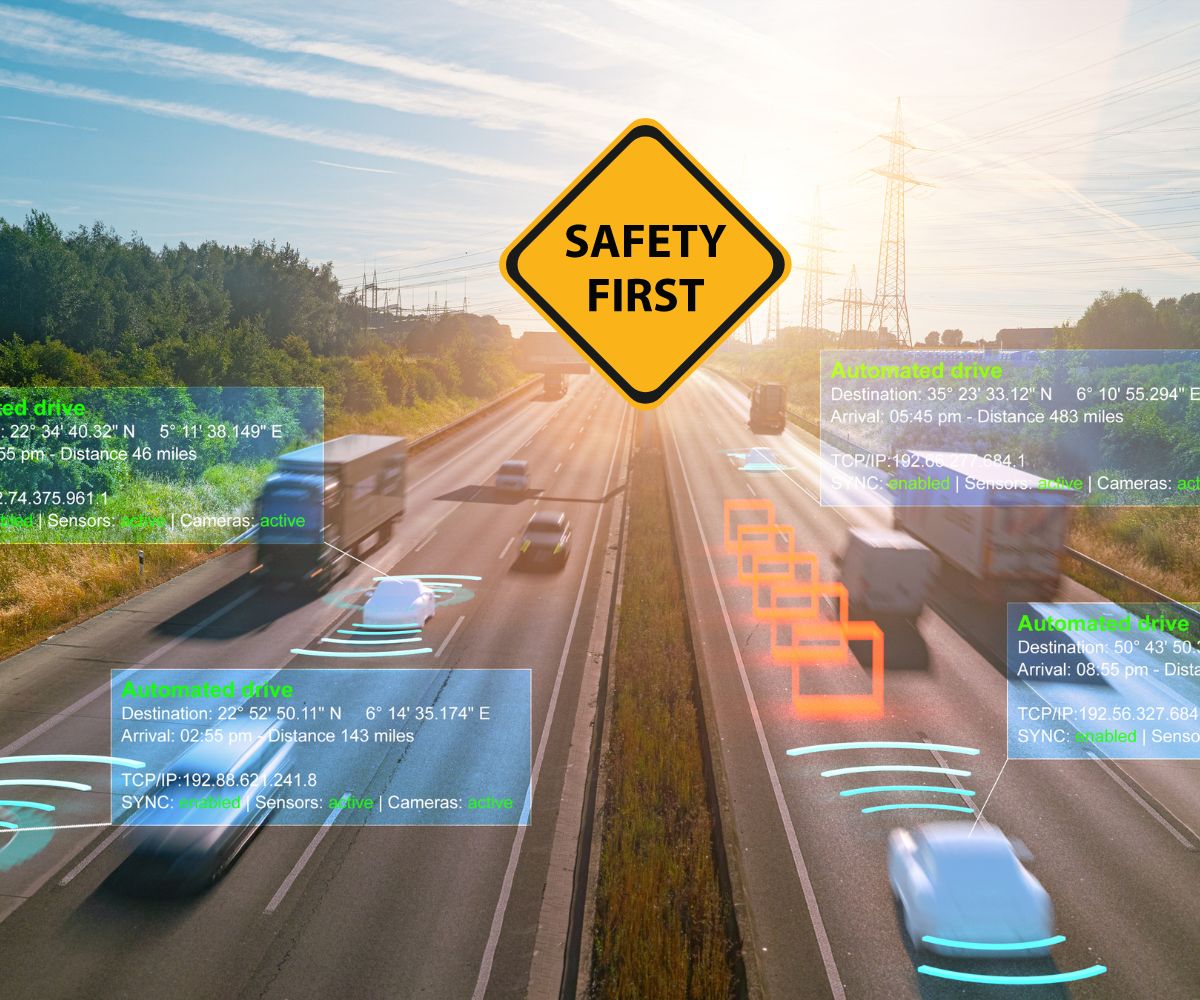The rise of automated driving features has promised a future of hands-free convenience and enhanced safety. But are these advanced systems living up to their assurances, keeping drivers out of harm’s way? A recent study conducted by the Insurance Institute for Highway Safety (IIHS) forces us to confront the efficacy and safety of these technologies head-on.
Partial Automation, Full Concerns
Study Highlights
- Only one of 14 partially automated systems tested earned an “acceptable” rating.
- The majority of systems received a “poor” rating; none received a “good.”
- Marketing by some automakers may lead to overestimation of capabilities by drivers.
Initially, these driving systems combined safety features designed to support alertness and enhance road safety. However, as they’ve evolved, their ability to take over certain driving functions has raised concerns over the potential for driver’s attention to wane.
False Sense of Security
Experts fear that some automakers’ marketing tactics could engender a false sense of security, with consumers mistakenly believing they’re engaging with fully autonomous systems. The reality is more sobering—the technology is not yet at a stage where this level of trust is warranted.
Monitoring Measures Crucial for Safety
IIHS Recommendations for Safety:
- Systems must monitor whether the driver’s attention is focused on the driving task.
- Audible and visual alerts should be triggered within 10 seconds if the driver’s attention wanes.
- Emergency slow down procedures should initiate before the 20-second mark if necessary.
The IIHS emphasizes that for automated driving features to serve their purpose without compromising safety, only robust monitoring of driver’s head and eye movements, as well as their readiness to take control, is acceptable.
Performance in Testing:
- Lexus LS’s Teammate system was rated as adequate.
- GM’s Super Cruise and Nissan’s Pro-Pilot Assist were marginally rated.
- Poor ratings went to systems from Nissan, Tesla, BMW, Ford, Genesis, Mercedes-Benz, and Volvo.
- Ford’s systems nearly met all driver monitoring requirements.

Understanding the Spectrum of Automated Features
Definitions for Clarity:
- Autonomous Driving: The vehicle makes driving decisions independently.
- Automated Driving: The execution of driving processes without human intervention.
- Connected Driving: Automated information exchange between vehicles and infrastructure.
- Cooperative Driving: Vehicles and drivers coordinate actions for improved traffic flow.
- Automated Traffic: Includes automation of traffic control and infrastructure, not just vehicles.
Consequences and Considerations:
- Connectivity enhances cooperative driving, potentially improving traffic efficiency.
- Connected driving isn’t inherently cooperative and might not benefit traffic holistically.
- Autonomous driving isn’t a surefire way to improve traffic—without cooperation, it may lead to chaos in high-density scenarios.
- Automation can improve traffic when behaviors are cooperatively coordinated.
No Seat at the Discount Table Yet
Despite advancements, auto insurance companies remain reticent to offer discounts for systems that have yet to prove they can consistently enhance safety. Only when technology reliably resolves safety concerns can such incentives be expected.
Expert Insight
The Insurance Institute for Highway Safety President David Harkey puts it succinctly, “Most of [the automated systems] don’t include adequate measures to prevent misuse and keep drivers from losing focus.”
In Conclusion
The distinctions between automated and autonomous driving are nuanced and vital. In our stride towards technological progress, these definitions shape our understanding of what these systems can truly offer. It’s clear that keeping a diligent eye on the road remains as vital as ever, and trusting solely in the hands of automated features without careful oversight might be premature.
For drivers, the message is unequivocal: stay informed, stay safe, and understand the capabilities and limitations of your vehicle’s automated features. The road to automation is long and winding, and as the IIHS study shows, we are still navigating its early curves.

